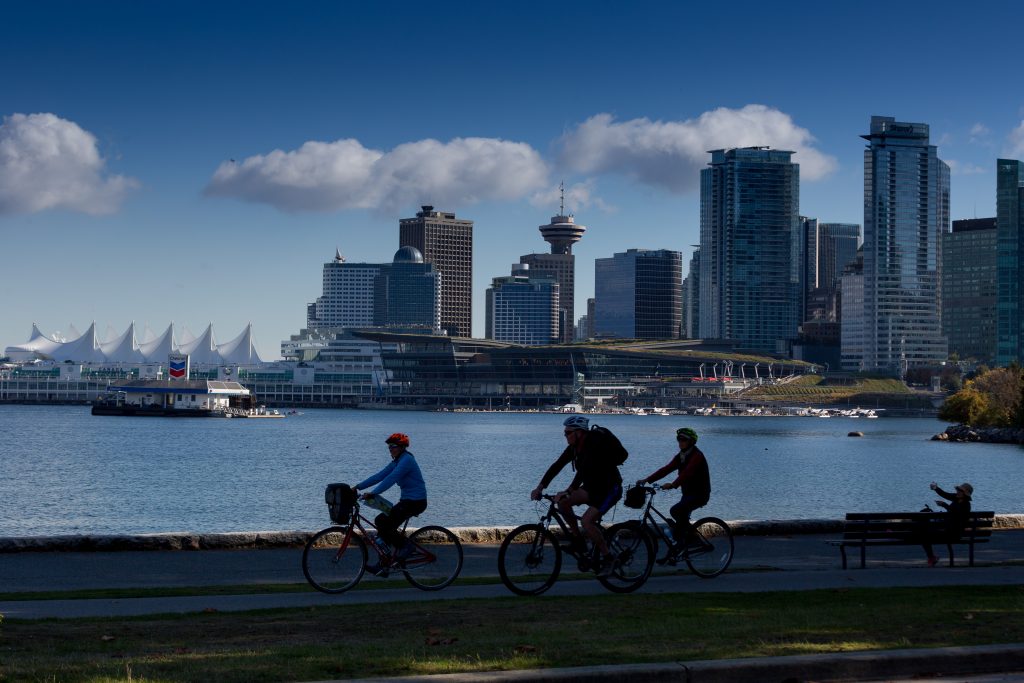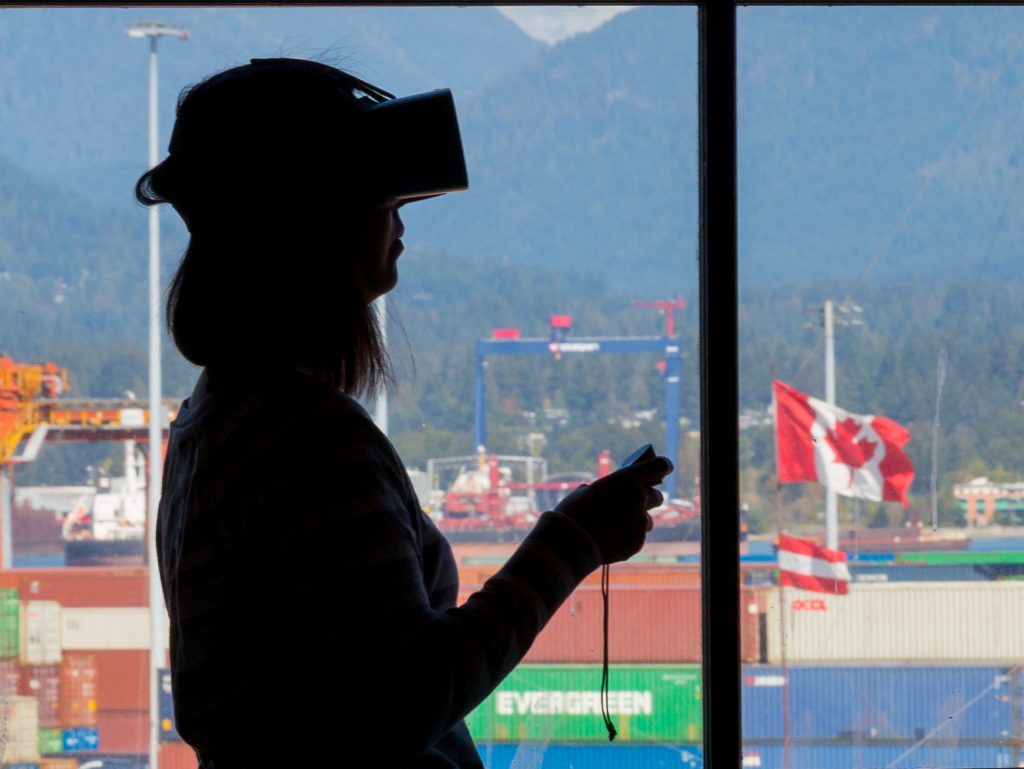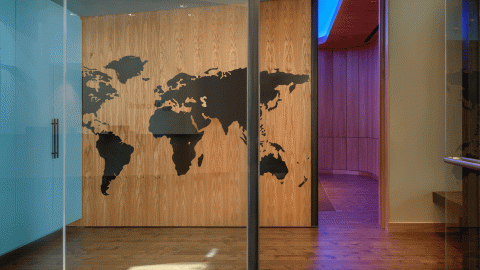Tech is flourishing in Vancouver. Here are 5 reasons why.
While Vancouver, British Columbia, is well known as one of Canada’s largest industrial centers, this city is quickly becoming a destination for tech innovators. According to the Vancouver Economic Commission, in 2016 there were 75,000 tech professionals working in the city, and nearly 101,000 working across British Columbia. This number makes up approximately 5% of B.C.’s workforce, more than mining, oil and gas, and forestry sectors combined, including manufacturing activities related to those resources.
As a regional partner to organizations, educational institutions and businesses in Vancouver, Microsoft continues to invest in this region as a world-class digital innovation hub. These breakthrough collaborations are knocking down traditional borders and those involved are pioneering work in many fields, including health care and education, and attracting local and global talent to this vibrant city.
The Cascadia Innovation Corridor Conference begins Oct. 9 — here is why Vancouver is poised to become a leader in tech innovation in the years to come:
A corridor of innovation
Anchored by one of the strongest tech markets in the United States (Seattle) and the fastest-growing tech sector in Canada (British Columbia), the Cascadia Corridor is where ideas and opportunity come to life. This aptly named regional initiative was established in 2016 through a shared spirit of collaboration and community. Microsoft, along with other businesses, governments, universities and research institutions in both countries have joined together to tap this region as a central hub of innovation, with the goal of creating new economic opportunities.
To help facilitate greater connectivity across the region, a one-hour seaplane service between Vancouver and Seattle was recently made available, and a high-speed rail proposal is undergoing a feasibility study, with support from Microsoft. These developments will help bridge the gap and increase economic opportunity across the region – something that has implications for everyday life for the 12 million people living in British Columbia and Washington state.
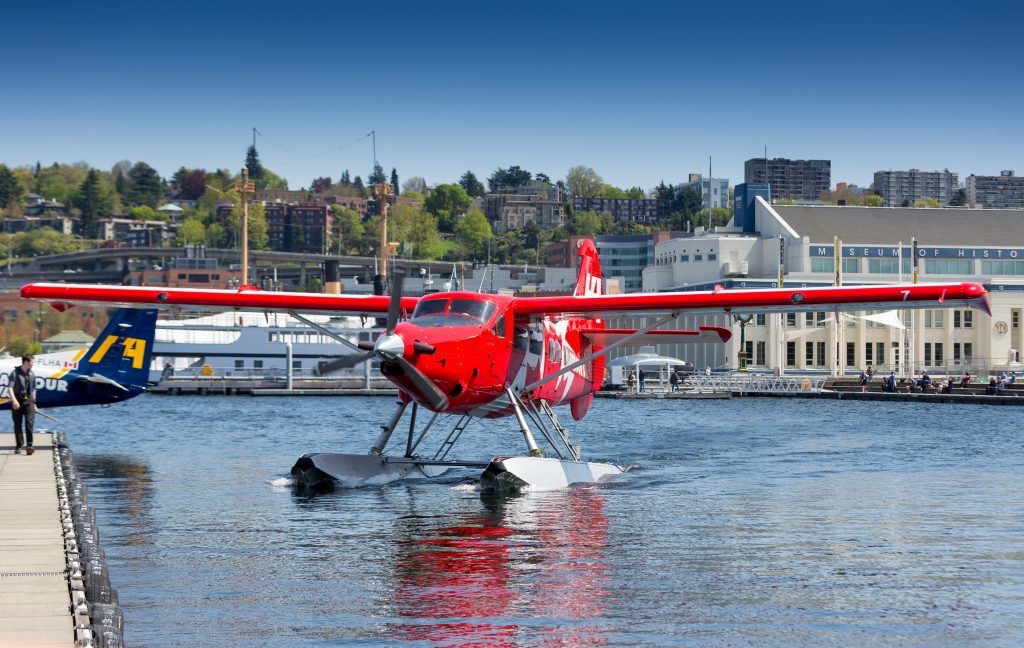
Canada’s Digital Technology Supercluster consortium
The supercluster, a consortium that includes some of the world’s most recognized names in tech, healthcare and natural resources, hopes to create 50,000 jobs over the next 10 years, boosting the regional economy in many sectors. Microsoft is one the more than 300 participants in this group. An initiative of the Canadian Federal government, the Digital Technology Supercluster was one of five winning recipients of a $950 million award nationwide, and is focused on accelerating growth by bringing some of the biggest names in the industry together to advance technologies.
According to its CEO, Sue Paish, one of the goals of the consortium is to create an environment that will help develop, grow and ultimately sustain innovation and talent in the area.
“In British Columbia, we have a long history of producing a lot of start-ups and lots of innovative minds,” she says. “If we can take some of these creative minds and their technologies and put them in an environment where they are surrounded by like-minded people and medium and large companies that have the expertise and resources to help redefine and refine ideas and bring it to market, that’s essential to their success. We need the shot putters, sprinters and the long-distance runners to make a track team.”
A training ground for augmented, virtual and mixed reality
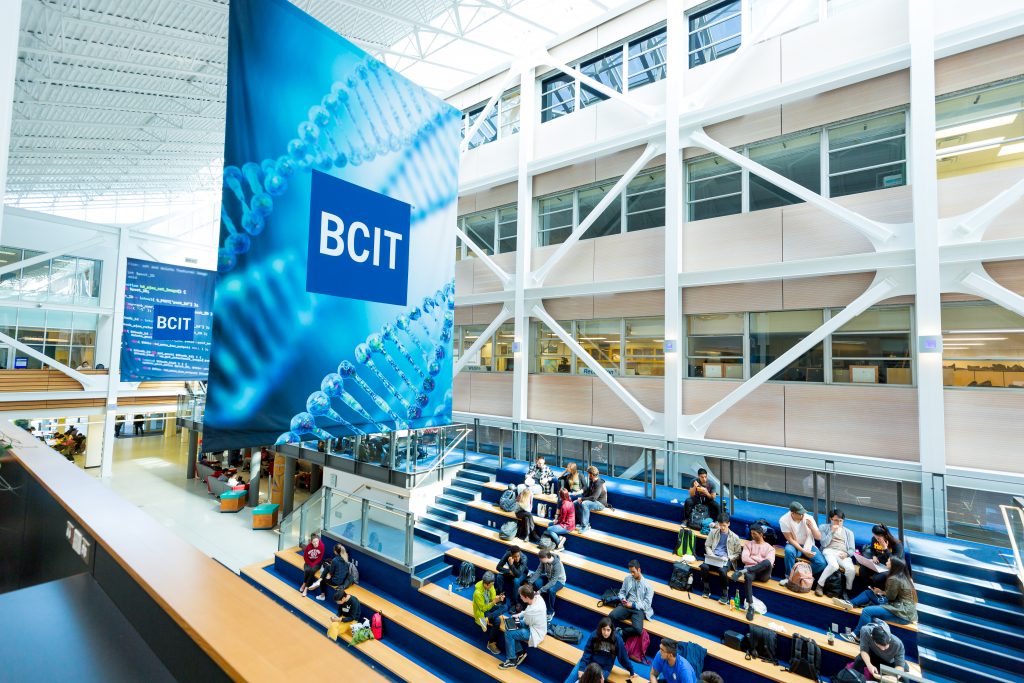
At the British Columbia Institute of Technology, students are being equipped with tools for the real world. Studies at this institute of applied education focus on integrating student learning with industry projects, applied research and entrepreneurship so graduates head out to the workforce with the right mix of skills to create breakthroughs in the field.
“We know that people and organizations will work very differently in the future, as technology evolves fast and furiously,” says Kathy Kinloch, president of BCIT. “As an applied education institute, BCIT believes that people will be the driving force of success through this disruptive change and their own evolving career needs. We provide young people and lifelong learners with a diverse set of the latest technical and human skills, as and when they need them, to create innovative leaders and resilient individuals.
BCIT students graduate with a broad perspective, making them the right people to advance the field of augmented reality, virtual reality and mixed reality. Microsoft has partnered with BCIT to develop a first-of-its-kind mixed-reality curriculum, with the goal of training students for careers in the field of digital media and entertainment. Graduates are also able to make an impact in their own communities as they don’t have to go too far to find work, whether in the city of Vancouver or further south along the Cascadia Corridor.

Where start-ups connect
Start-ups and entrepreneurs in the augmented reality, virtual reality and mixed reality fields are going to the Cube, a one-of-a kind shared studio space in the Railtown district, that is designed for companies specializing in AR, VR and MR. The first of its kind in Canada, this space was the brainchild of a group of tech entrepreneurs and came to life through funding by the Canadian government, educational institutions and companies like Microsoft. The goal of the Cube is to give start-ups a better chance at success by providing an environment that promotes collaboration and connectivity.
“Because AR, VR and MR are still fairly young and haven’t quite taken off in the customer sphere as quickly as other technologies, we have unique challenges,” says Dora Cheng, co-founder of uforis VR and a founding board member of the Cube. “A lot of our work is in enterprise or games, and many of us struggle to stay afloat. The Cube is a supportive environment because you know everyone in here is in the same boat; we’re pitching investors, finding and educating potential customers, and so on. For this reason, we are all uniquely able to help each other – not just with the tech but we can also pass on business opportunities and make investor introductions.”
A campus that fosters community
Home to more than 700 employees, the new Microsoft Vancouver campus that opened in 2016 pays homage to this beautiful city by integrating into the local landscape with thoughtful design and a focus on sustainability and accessibility. This emphasis on community is also at the heart of many of the programs and initiatives of the Vancouver campus, which includes a regional partnership with Big Brothers/Big Sisters of Lower Mainland to support access to technology and coding education within the local areas; hosting the DigiGirlz conferences that bring together young women and Microsoft employees for skills development and mentoring; and a multi-year investment in BC First Nations communities that will bring Right to Play’s PLAY (Promoting Life-skills in Aboriginal Youth) program to more than 24 First Nations communities in the area. PLAY aims to close the vital gap in educational programming for Indigenous young people across British Columbia by providing them homework support, mentoring and skills training.
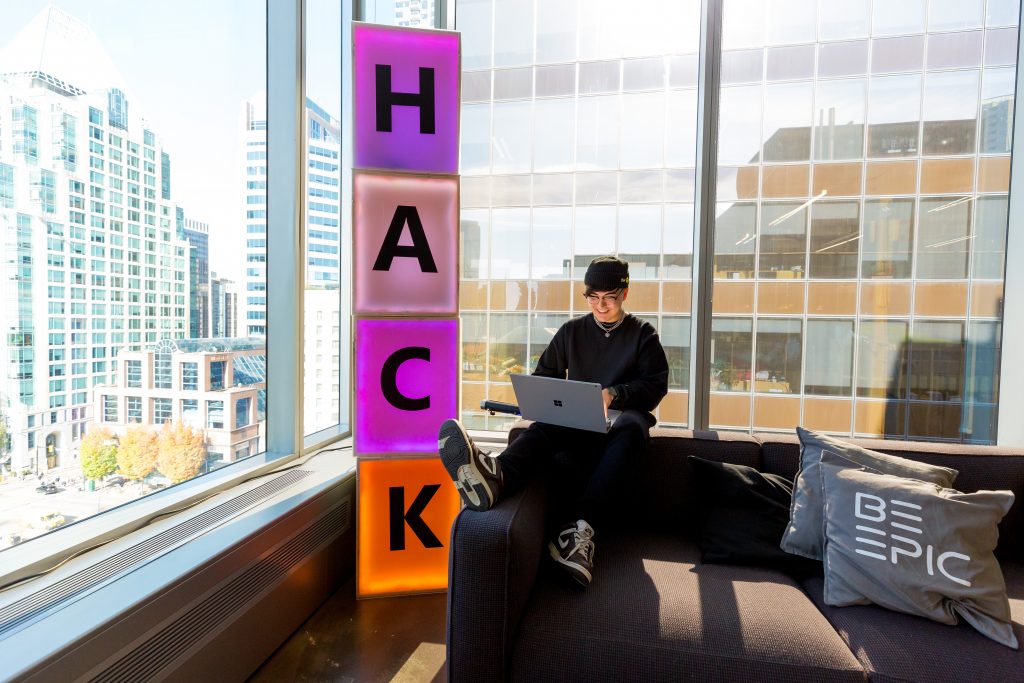
“As a global development center, we build deep community connections in our region and reach across the country. Our efforts include both support for local tech ecosystem, including leadership on Canada’s Digital Technology Supercluster as a founding partner, as well as driving growth within the start-up landscape, and creating opportunities for our development teams to get hands-on with community organizations,” says Edoardo De Martin, director of Microsoft Vancouver.
For more news and perspectives on public policy topics at Microsoft, follow @MSFTissues on Twitter.
Lead image caption: The city of Vancouver is an integral part of the Cascadia Corridor, the area between Portland, Seattle and Vancouver that is giving Silicon Valley stiff competition in the tech space.
Photo credit: Scott Eklund

